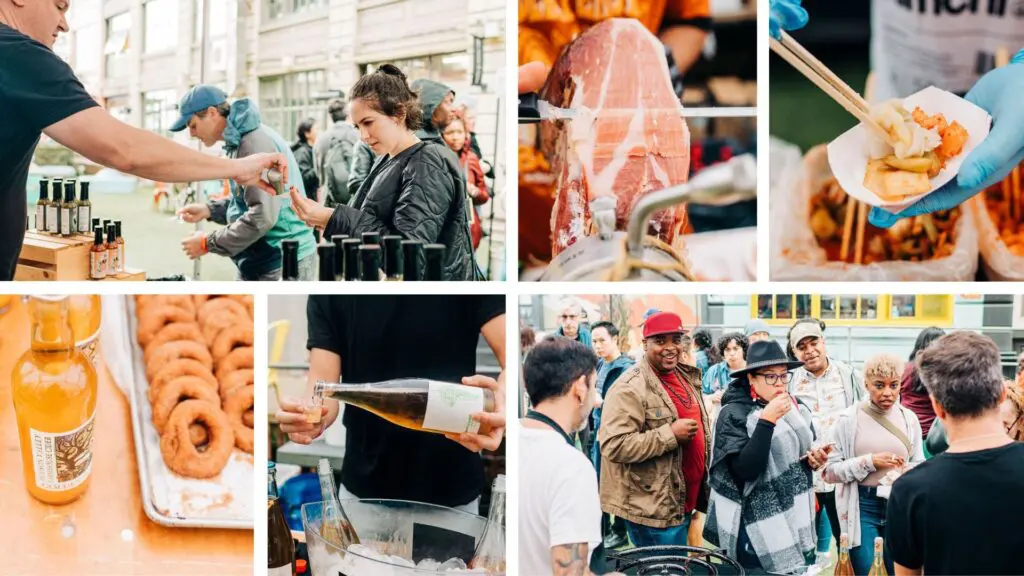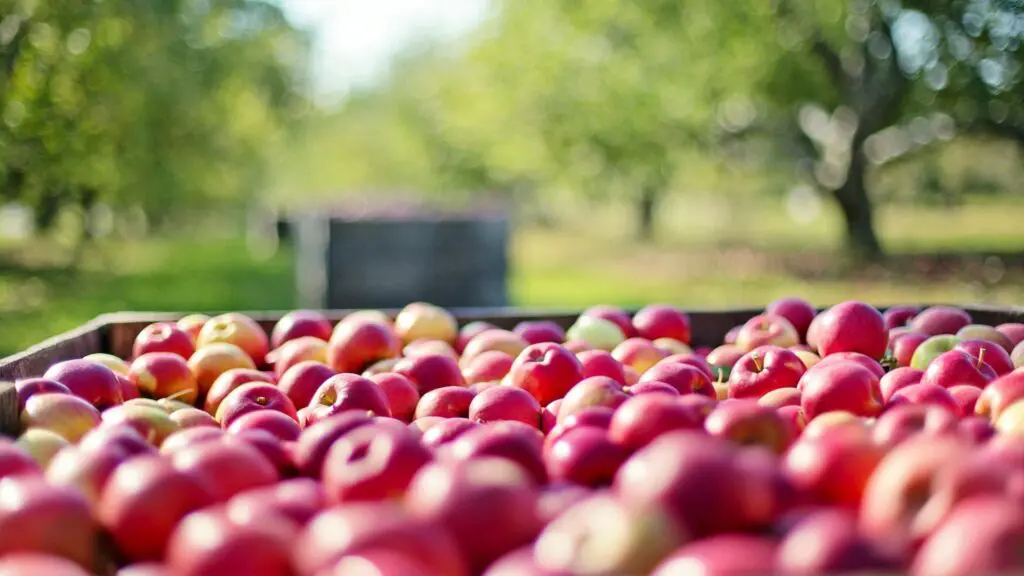Selecting a Yeast Strain That is Right for You
As mentioned in Part 1 of this series, juice clarity, yeast selection and nutrient additions are key to avoiding problematic stinky fermentations. We will now focus on how selecting a yeast strain affects cider quality.
Choosing a yeast strain is very personal and, to some, even philosophical. We can all agree that yeast added or cultured from the surroundings has one primary job: converting fruit sugars into alcohol. Whether one strain over another has a significant impact on the “uniqueness” of the final product? That is debatable.
All commercial yeast strains are perfectly capable of converting sugars to alcohol and can do so free of defects, assuming it is done correctly. However, the precise way a particular strain of yeast does this job has many side paths. Essentially, each particular yeast strain will go about it in a slightly different way. For example, some strains are fast and others are slow. Or, different strains of yeast have different nutrient demands, alcohol tolerance, sulfur dioxide production, or the ability to release certain esters, terpenes and higher alcohol aromas. Some yeasts ferment at colder temperatures, and some may, or may not, have the ability to form hydrogen sulfite.The list goes on.
For hard cider, I prefer yeast strains that are steady fermenters, have low nutrient demands, are low foaming, tolerate cold temperatures and tend not to produce hydrogen sulfite under stress. The aromatic gains I could possibly get from using a more exotic (and potentially fussy!) yeast, in my judgment, are not worth it if it means giving up any of the desirable traits listed above.
That said, if you ever had the opportunity to taste two different yeast strains fermented with the same juice, under the same exact conditions, the aromatic differences can be obvious and incredibly fascinating, especially during or just after primary fermentation. But for many new cidermakers or craft beverage makers, these differences can be misleading. These super fruity, super intense aroma molecules are very volatile, meaning they are lost from solution quickly and do not stick around during aging.
From my experience, yeast strains can change the aromatic profile of a cider, but if I were to put a percentage on how it affects the overall quality of a particular product, I would say between 5 and 10 percent. That is to say: not a lot.
Some great resources to help you research and select a yeast strain are listed below. In my next article, Part 3, I dive into understanding yeast nutrition, products available and calculating how much to add.
Scott’s Laboratories Cider Handbook
https://scottlab.com/content/files/Documents/Handbooks/2018_CiderHandbook.pdf
Enartis USA
https://www.enartis.com/en-us/products/cider-en-us/
Laffort
https://laffort.com/en/products/zymaflore-011-bio/?gamme=2441
Link to Part 1: Juice Clarity
Contributor: Sam Keirsey is both an assistant winemaker and head cidermaker at Lake Chelan–based Karma Vineyards. A graduate of Washington State University’s enology program, Keirsey was asked to establish and launch Karma’s cidery, known as Bad Granny Hard Cider. This multi-part series is geared for those who wish to make cider at home, highlighting some of the tips and tricks Sam has learned over the years while making cider at Bad Granny.









